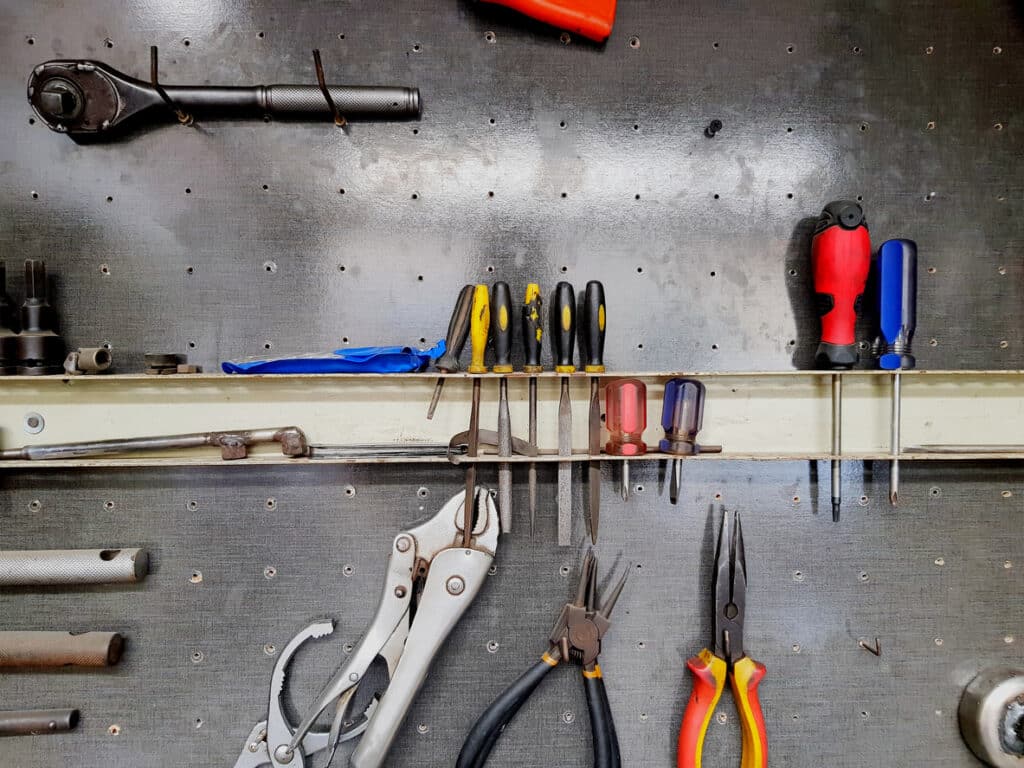
- Massive Range
- FREE UK Delivery
- Rapid Dispatch
- Massive Range
- FREE UK Delivery
- Rapid Dispatch
- Massive Range
- FREE UK Delivery
- Rapid Dispatch
Home » Top 5 Metals for Outdoor Projects: Weather Resistance and Longevity
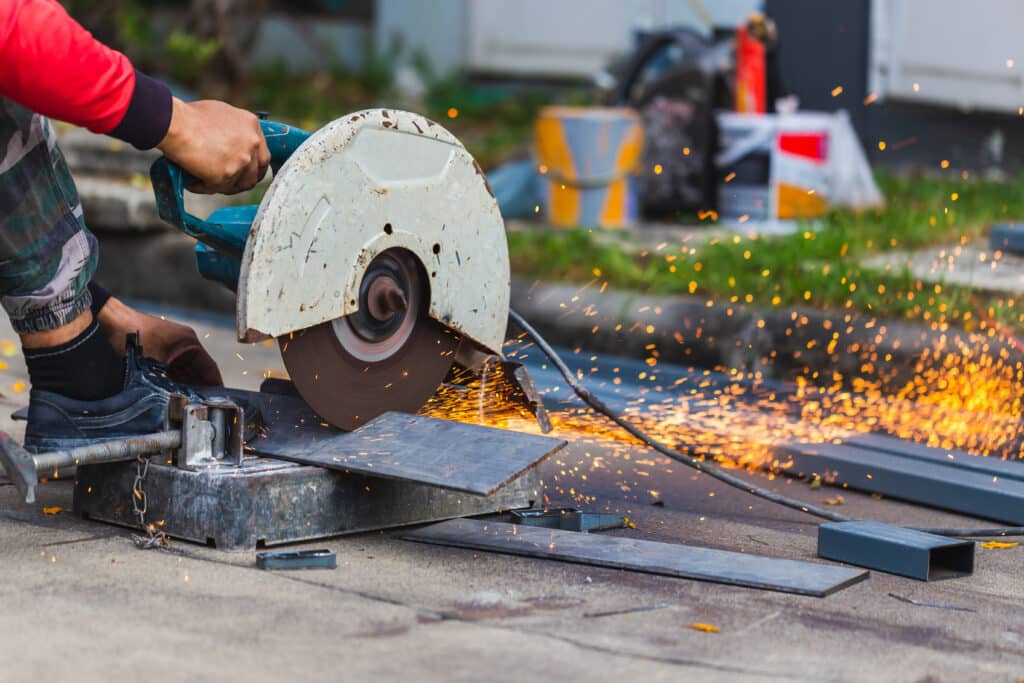
Metal, with its combination of strength and beauty, has long been the material of choice for a myriad of outdoor projects. Whether you’re constructing a pergola for your backyard, installing a new fence, or crafting garden furniture, choosing the right metal is paramount. When considering outdoor applications, factors such as resistance to corrosion, aesthetic appeal, and structural integrity play a vital role. Here are the top 5 metals for outdoor projects, known for their weather resistance and longevity, ensuring your outdoor projects will stand the test of time.
Corten Steel, often referred to as Weathering Steel, is a unique type of steel known for its distinctive rust patina. This natural yet stable protective coating acts as a defense against further corrosion. Developed to eliminate the need for painting, Corten Steel forms a stable rust-like appearance when exposed to the elements over time. Its corrosion-resistant properties make it a top choice for structures situated in challenging and fluctuating weather conditions, allowing them to acquire an earthy, vintage look without compromising their longevity or strength.
Benefits:
Self-Protecting Rust: Corten steel is engineered to form a protective rust-like appearance when exposed to the weather. This protective layer guards the steel beneath from further corrosion.
Strong and Durable: Its strength and durability make it a favourite for heavy-duty applications.
Aesthetic Appeal: The rustic, weathered look of Corten steel is a design favorite for those seeking a rugged or industrial appearance.
Applications: Sculptures, fire pits, retaining walls, and planters.
Drawbacks:
Staining: The protective rust patina can leach onto surrounding surfaces, causing staining especially during heavy rains.
Initial Vulnerability: Before its protective patina fully forms, Corten steel can be susceptible to staining and corrosion.
Not Suitable for All Environments: In consistently wet or high humidity conditions, Corten steel may corrode faster.
Appearance Preferences: Its rusty appearance might not be appealing to everyone and can clash with certain design aesthetics.
Higher Cost: Corten steel can be more expensive than other traditional building materials.
Galvanised steel is steel that has undergone a special process to coat it with a layer of protective zinc. This zinc coating serves as a barrier, preventing corrosive elements from reaching the underlying steel. As a result, galvanisation effectively reduces the risk of rust and corrosion, significantly extending the life of the steel. The process typically involves dipping the steel into molten zinc, resulting in a shiny, robust surface. This makes galvanised steel a popular choice for outdoor applications and structures exposed to moisture or harsh environments, offering both durability and a degree of resistance against wear and tear.
Benefits:
Layered Protection: Galvanised steel is essentially steel coated with a protective layer of zinc. This zinc shields the steel from corrosive elements, granting it a longer life.
Cost-Effective: Compared to stainless steel, galvanised steel is relatively cheaper while still offering decent protection against the elements.
Recyclability: Galvanised steel is 100% recyclable, making it environmentally friendly.
Applications: Fences, sheds, and roofing.
Drawbacks:
Limited Lifespan: The zinc coating will eventually wear off, leaving the underlying steel vulnerable to corrosion.
Not Suitable for Extreme Heat: Prolonged exposure to high temperatures can degrade the zinc coating.
Difficulty Painting: Freshly galvanised steel can be challenging to paint or bond to.
Aesthetic Limitations: The shiny appearance of galvanised steel isn’t always desired in certain architectural or design contexts.
Welding Challenges: Welding galvanised steel can release toxic fumes and might affect the protection at the weld point.
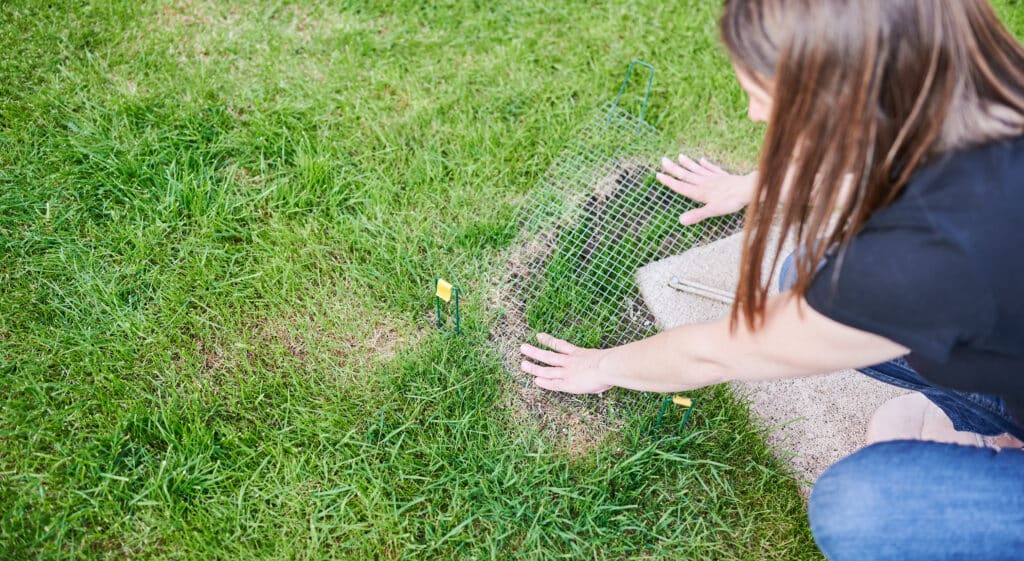
Copper is a reddish-brown, naturally occurring metal known for its high thermal and electrical conductivity. It is malleable, ductile, and possesses a high level of corrosion resistance, which allows it to maintain its luster even when exposed to the elements. Throughout history, copper has played a crucial role in the development of civilisations, being utilised for coins, tools, ornaments, and even early forms of electrical transmission. Beyond its traditional uses, copper’s antimicrobial properties make it unique, and it’s widely used today in various industries, from electrical wiring and plumbing to renewable energy and jewelry.
Benefits:
Natural Patina: Copper undergoes a unique aging process. With time, it forms a greenish patina layer due to its reaction with atmospheric elements, protecting it from further corrosion. This patina gives it a classic, vintage appearance.
Antimicrobial Properties: Copper surfaces naturally combat bacterial growth, a plus for outdoor countertops or handrails.
Ductility: Copper can be stretched into thin wires without losing its strength.
Applications: Roofing, gutters, sculptures, and outdoor light fixtures.
Drawbacks:
Costly: Copper is more expensive than many other metals, which can increase project costs.
Prone to Theft: Due to its value, copper is a frequent target for theft in certain applications.
Tarnishing: Over time, copper can tarnish, changing its color and appearance.
Softness: Copper is relatively soft compared to other metals, making it susceptible to scratching and denting.
Conductivity: Its high thermal and electrical conductivity might not be suitable for applications where insulation is required.
Reactivity: Copper can react with certain substances, leading to corrosion or green patina, which might not be desired in all applications.
Aluminium is a silvery-white, lightweight metal known for its versatility and durability. It’s the third most abundant element in the Earth’s crust and stands out for its excellent resistance to corrosion, malleability, and its ability to conduct electricity and heat. Due to its low density and strength, aluminium is often used in a vast array of applications, ranging from everyday household items like foil and cans to aerospace and transportation sectors in the form of aircraft and vehicles. Furthermore, its non-toxic nature and recyclability make it an environmentally friendly choice in various industries.
Benefits:
Lightweight: Aluminum is remarkably light, making it easier to handle and install. Despite its weight, it retains considerable strength.
Corrosion Resistance: Aluminum forms a protective oxide layer naturally, shielding it from corrosion. When anodised, its resistance increases manifold.
Malleability: This property allows aluminum to be molded into various shapes, enhancing design possibilities.
Applications: Garden furniture, window frames, pergolas, and fences.
Drawbacks:
Strength Limitations: While lightweight, aluminium isn’t as strong as some steels, which can limit its use in heavy-duty applications.
Oxidation: Though it forms a protective oxide layer, in certain conditions this can cause a whitish residue or pitting.
Cost: High-quality aluminium alloys can be more expensive than other materials.
Galvanic Corrosion: When in contact with certain metals in the presence of an electrolyte, aluminium can corrode rapidly.
Scratches and Dents: Aluminium is relatively soft, making it more susceptible to scratches and dents compared to harder metals.
Thermal Expansion: Aluminium has a higher coefficient of thermal expansion, which can be problematic in environments with large temperature fluctuations.
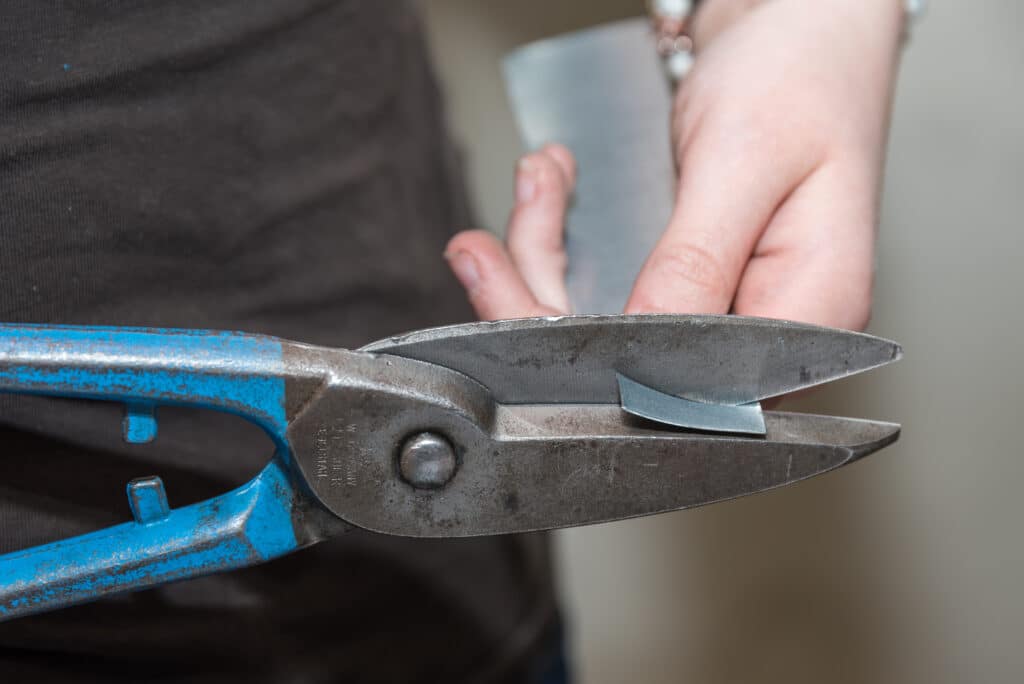
Stainless steel is a robust alloy primarily composed of iron, chromium, nickel, and carbon, distinguished by its remarkable resistance to corrosion and staining. The chromium content, typically between 10% to 20%, forms an invisible protective layer of chromium oxide on the steel’s surface, preventing rusting and providing its signature “stainless” quality. Renowned for its durability, strength, and sleek appearance, stainless steel is utilised in a vast array of applications, from cutlery and kitchen appliances to architectural structures and industrial machinery. Its non-porous nature and resistance to heat also make it a hygienic choice for medical and food preparation environments.
Benefits:
Corrosion Resistance: Stainless steel, particularly the 304 and 316 grades, contains chromium, which forms an invisible protective layer against oxygen, preventing rust. The 316 grade also has molybdenum, enhancing its resistance to salt, making it perfect for coastal environments.
Strength and Durability: Being both strong and durable, stainless steel can withstand physical impacts, making it ideal for structures like railings or gates.
Aesthetic Appeal: Its shiny, modern appearance fits many contemporary designs.
Applications: Outdoor kitchen appliances, railings, coastal installations, and outdoor furniture.
Drawbacks:
Cost: Stainless steel is typically more expensive than regular steel or other metals.
Difficult to Machine: It’s harder to machine and requires specialised tools, which can increase manufacturing costs.
Fingerprints and Smudges: Especially on polished or brushed surfaces, stainless steel can show fingerprints and smudges.
Weight: It’s heavier than aluminum, making it less ideal for applications where weight is a concern.
Limited Heat Resistance: Prolonged exposure to high temperatures can compromise its anti-corrosive properties.
Chloride Susceptibility: In environments with high chlorine, such as swimming pools, stainless steel can corrode.
Not Entirely Rust-Proof: While highly resistant, under certain conditions, some grades can still rust or stain.
Selecting the right metals for outdoor projects is a decision influenced by the project’s purpose, the environmental conditions of the installation site, and of course, budget constraints. While the metals listed above are renowned for their weather resistance and longevity, each comes with its unique set of advantages and potential applications.
From the sleek modernity of stainless steel to the rugged allure of Corten steel, there’s a metal to suit every aesthetic preference and functional need. When chosen wisely and maintained appropriately, metal installations can last for decades, offering both functionality and beauty to your outdoor spaces. As always, proper maintenance, periodic inspections, and protective coatings can further enhance the lifespan and appearance of your metal projects. Remember, it’s an investment in durability, aesthetics, and the future enjoyment of your outdoor space.
As always, thank you for checking out our blog. We hope that this helps you with your project.
Please also check out the other articles in our helpful guide series. We have written about ‘DIY Projects with Flat Bars: Creative and Functional Ideas‘ and ‘Welding Steel’ recently so why not check them out?
We are also proud to sell this product on our highly popular eBay store, check us out there too.
If you have any further questions, feel free to contact us.

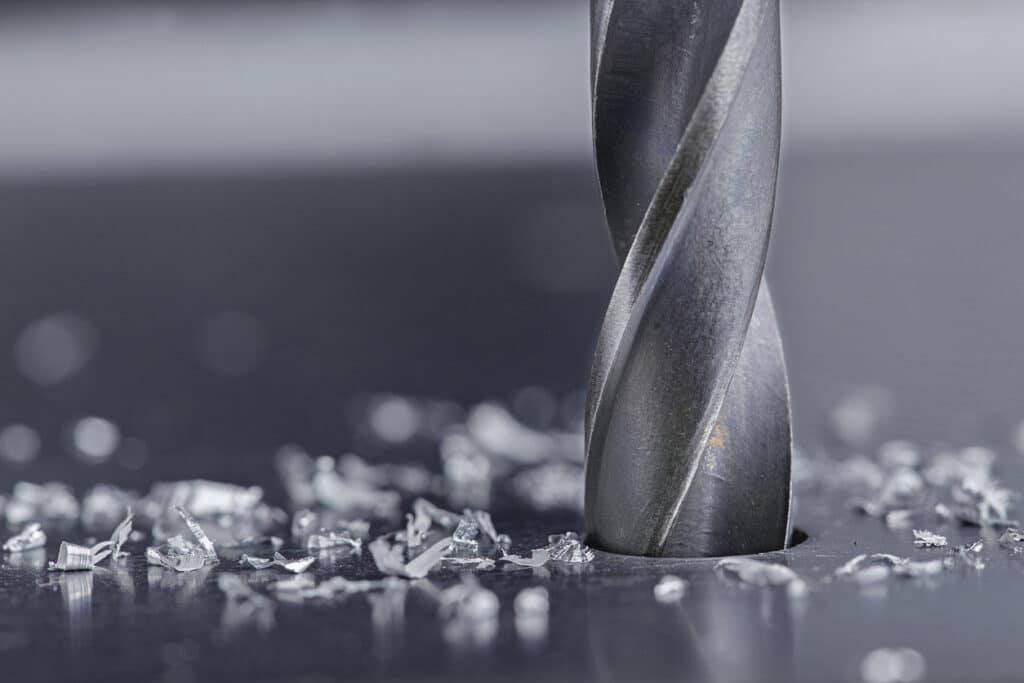
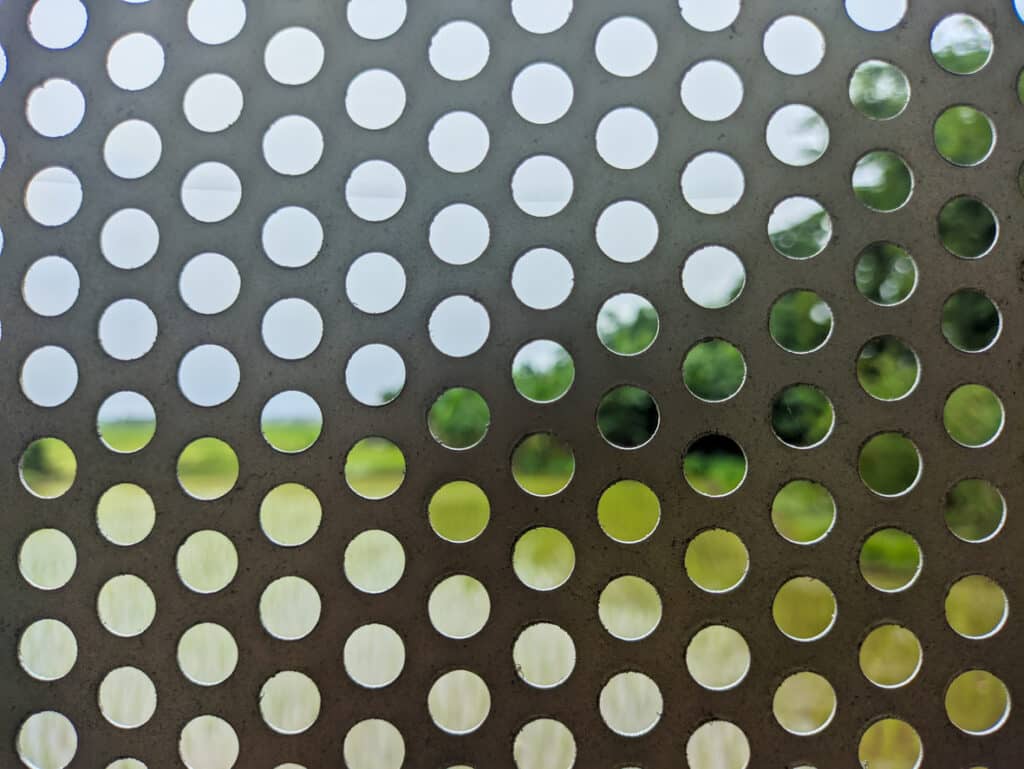
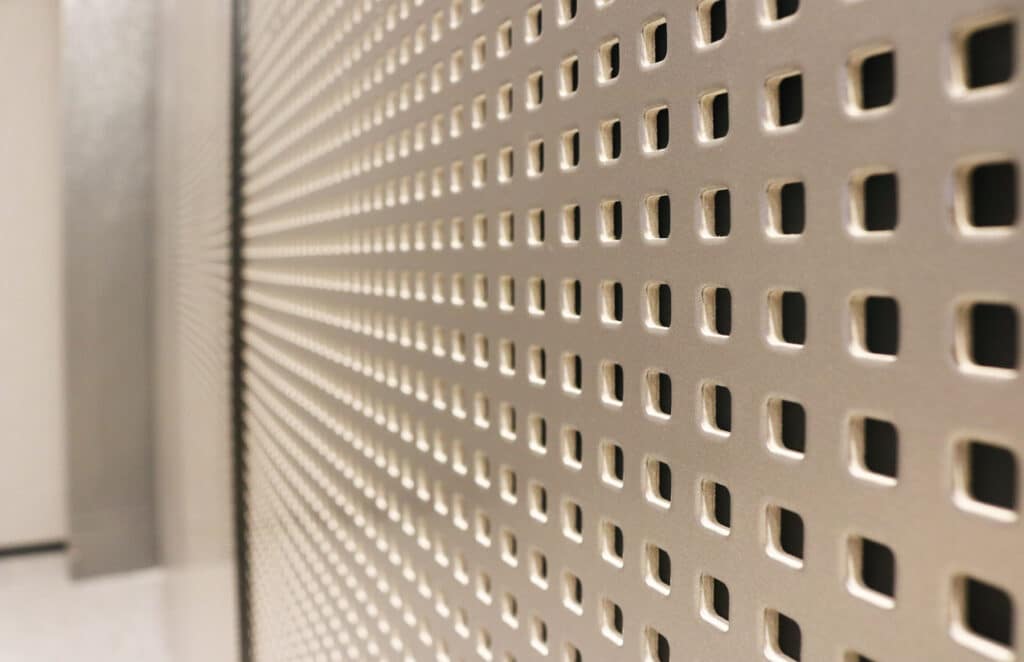
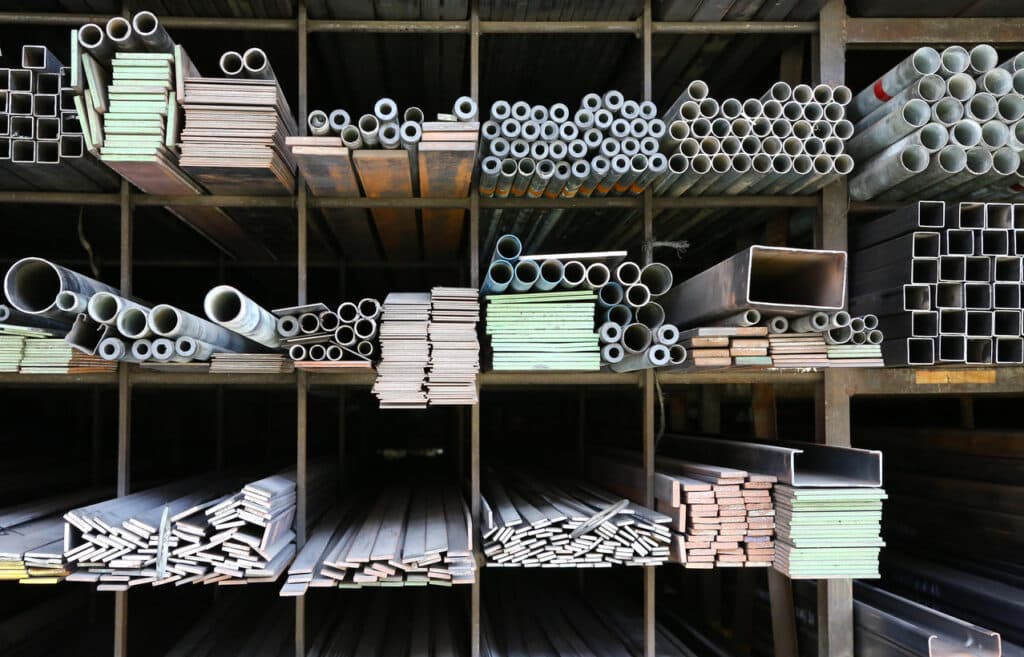
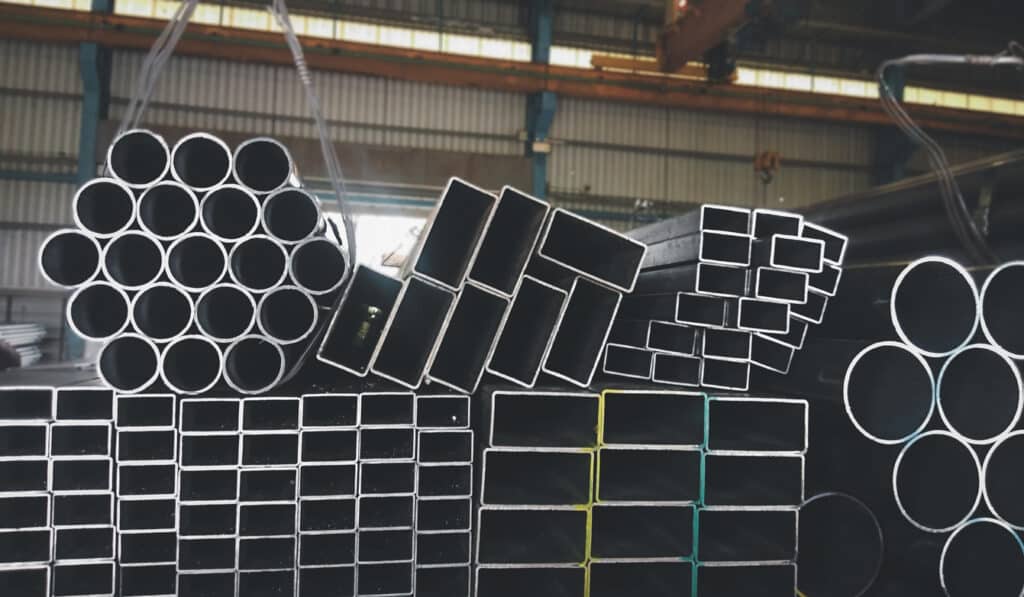
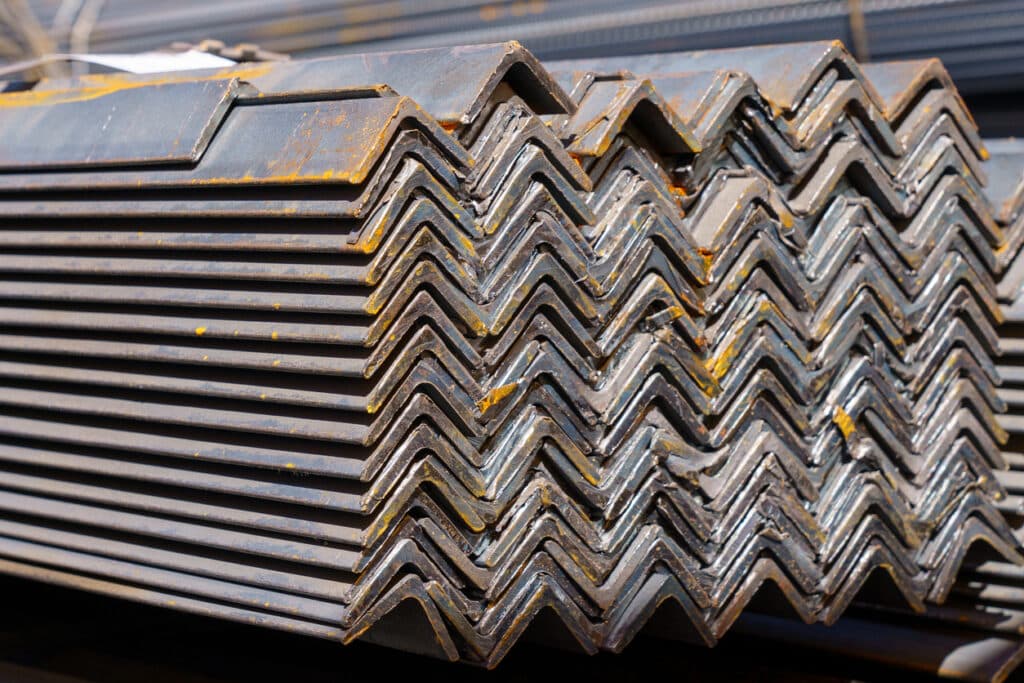
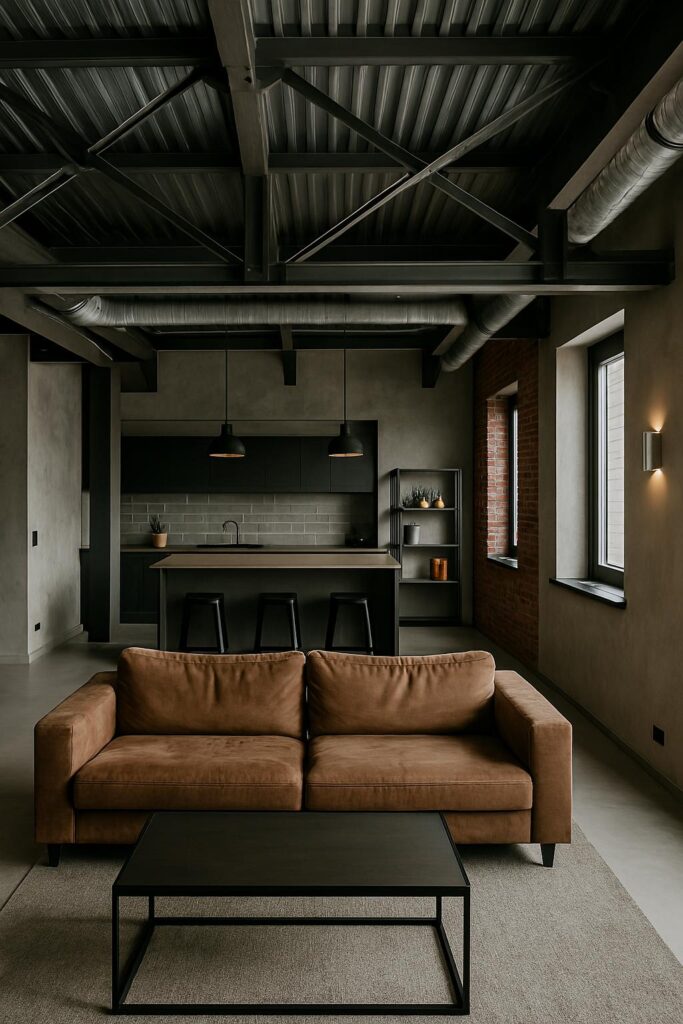
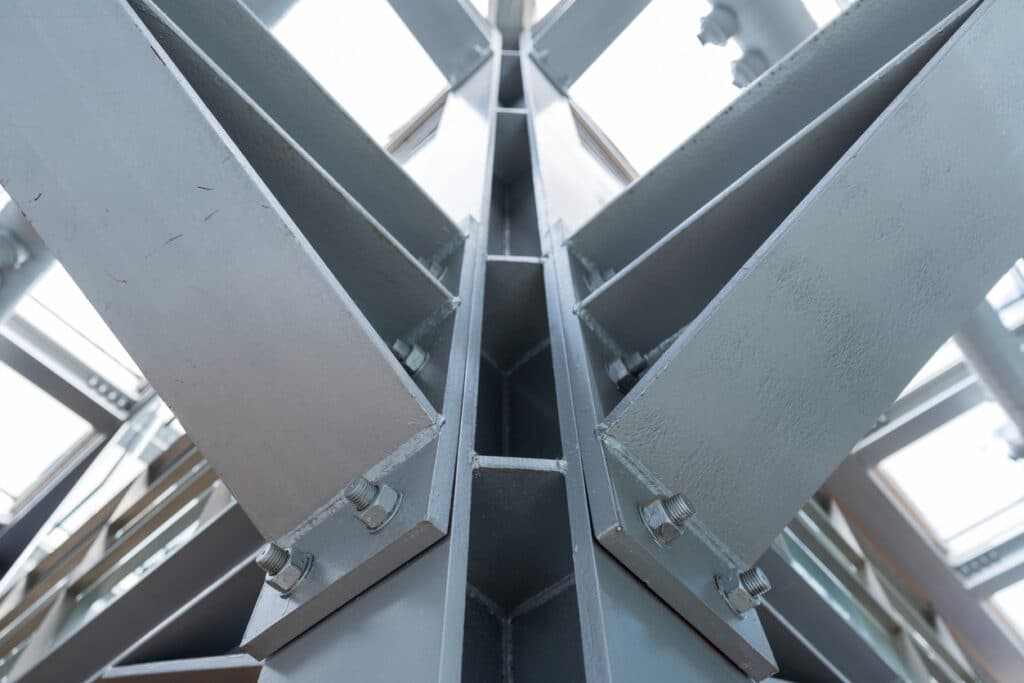
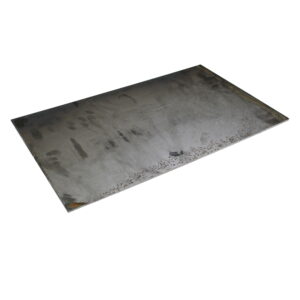
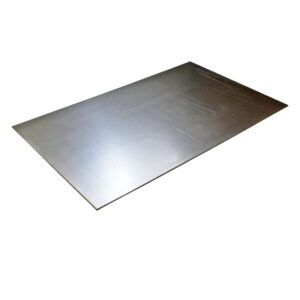
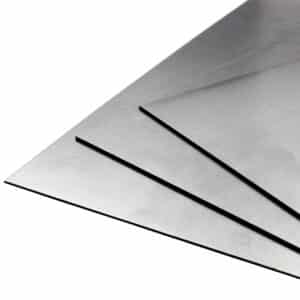
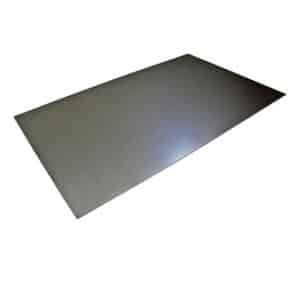
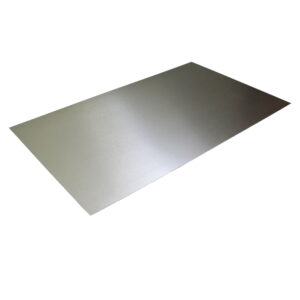
Speciality Metals
Unit 1, Farrell Street, Warrington,
Cheshire, WA1 2WW, United Kingdom
Quick Links
Payment Options
